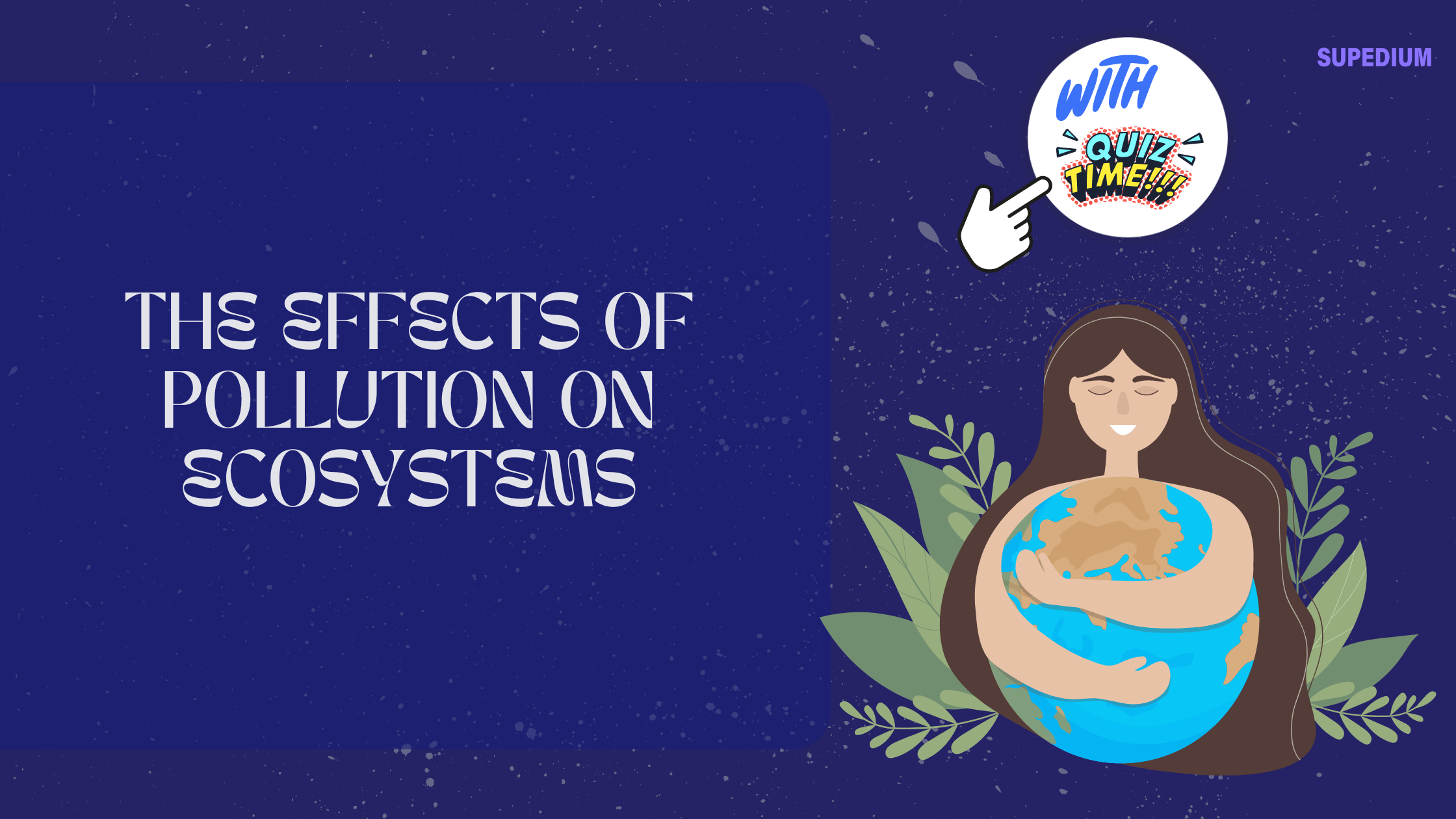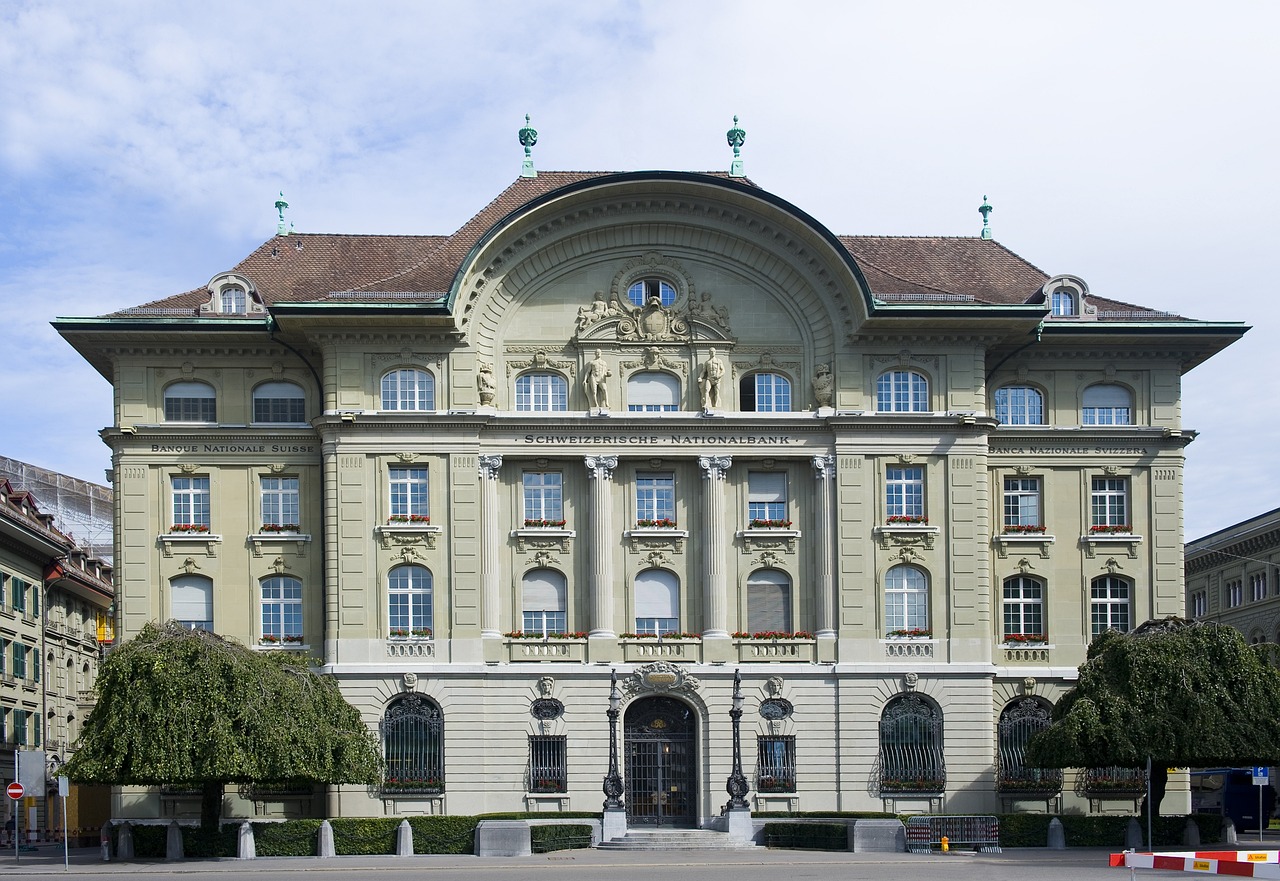Table of Contents
![]()
Pollution, a byproduct of industrial and human activities, presents a major threat to the environment. It manifests in various forms, including air, water, soil, noise, and light pollution. These pollutants significantly impact ecosystems, which are communities of living organisms interacting with each other and their physical environment. Understanding these effects is crucial, as ecosystems provide essential services that support life on Earth, including clean air and water, fertile soil, and climate regulation. This article explores the different types of pollution, their effects on ecosystems, and potential solutions to mitigate these impacts.
Types of Pollution and Their Effects on Ecosystems
Air Pollution
Air pollution results from the release of harmful substances into the atmosphere, such as particulate matter (PM2.5 and PM10), nitrogen oxides (NOx), sulfur dioxide (SO2), and ozone (O3). These pollutants originate from sources like industrial emissions, vehicle exhaust, and agricultural activities.
- Acid Rain: One of the most significant impacts of air pollution is acid rain, caused by sulfur dioxide and nitrogen oxides reacting with water vapor in the atmosphere. Acid rain lowers the pH of soil and water bodies, leading to soil degradation and harming aquatic life. For example, it can leach essential nutrients from the soil, affecting plant health and reducing agricultural productivity.
- Plant Health: Elevated ozone levels can damage plant tissues, leading to reduced growth and lower crop yields. Plants exposed to high levels of ozone often show symptoms such as leaf discoloration and decreased photosynthesis, which can cascade through the food chain, affecting herbivores and predators.
- Animal Species: Air pollutants can also affect animals directly by causing respiratory issues and indirectly by altering their habitats. Species like amphibians, which are sensitive to environmental changes, can experience disruptions in reproduction and population declines.
Water Pollution
Water pollution involves the contamination of water bodies with harmful substances, including heavy metals (like lead and mercury), nutrients (nitrogen and phosphorus), and chemicals from pesticides and pharmaceuticals.
- Eutrophication: Excessive nutrients in water bodies, primarily from agricultural runoff, lead to eutrophication. This process results in algal blooms that deplete oxygen levels in the water, creating hypoxic conditions or “dead zones” where aquatic life cannot survive. These zones disrupt marine ecosystems and fisheries.
- Aquatic Life: Heavy metals and toxins can accumulate in aquatic organisms, leading to health issues such as reproductive failures and increased mortality. For example, mercury contamination in fish can lead to neurological problems in both wildlife and humans who consume these fish.
- Food Chains: Water pollution can disrupt food chains by affecting the base of the aquatic food web. When microorganisms and small aquatic organisms are harmed, it has cascading effects up the food chain, impacting fish, birds, and other wildlife.
Soil Pollution
Soil pollution occurs when contaminants like heavy metals, pesticides, and industrial waste accumulate in the soil, affecting its quality and fertility.
- Soil Health: Contaminants can reduce soil fertility by altering its chemical composition and disrupting microbial communities essential for nutrient cycling. This can lead to decreased crop yields and soil erosion, affecting agriculture and food security.
- Plant Growth: Polluted soil can inhibit plant growth by affecting root development and nutrient uptake. Plants in contaminated soils often exhibit stunted growth and reduced yields, impacting food production and biodiversity.
- Soil-Dwelling Organisms: Soil pollutants can harm organisms like earthworms and insects, which play vital roles in soil aeration and decomposition. Their decline can lead to further degradation of soil health and structure.
Noise Pollution
Noise pollution, originating from industrial activities, transportation, and urbanization, is characterized by excessive or harmful levels of noise.
- Animal Communication: Many animals rely on sound for communication, navigation, and hunting. Increased noise levels can interfere with these processes, leading to stress and behavioral changes. For instance, birds may have difficulty communicating and establishing territories, affecting their reproductive success.
- Predator-Prey Dynamics: Noise pollution can disrupt predator-prey interactions. Animals like bats and whales, which use echolocation, may find it challenging to locate prey, affecting their survival and population dynamics.
- Migration Patterns: Some species rely on environmental cues for migration. Excessive noise can disrupt these cues, leading to changes in migration patterns and habitat use.
Light Pollution
Light pollution, resulting from artificial lighting, affects ecosystems by altering natural light cycles.
- Nocturnal Wildlife: Many nocturnal animals, including insects and mammals, rely on natural light patterns for their behavior. Artificial lighting can disrupt these patterns, leading to changes in feeding, mating, and predation.
- Plant Cycles: Plants depend on light cues for processes like flowering and pollination. Light pollution can interfere with these cycles, impacting plant reproduction and the animals that depend on them for food.
- Predator-Prey Interactions: Light pollution can affect predator-prey interactions by altering the availability of prey and changing the behavior of predators. For example, artificial light can attract insects, which may become prey for birds that are otherwise less active due to the disturbance.
Case Studies
Air Pollution
- The Great Smog of London (1952): The Great Smog, caused by industrial pollution and coal combustion, resulted in severe air quality degradation, leading to respiratory illnesses and deaths. The smog’s impact extended to local ecosystems, damaging vegetation and affecting wildlife.
- Smog Events in Los Angeles: Persistent smog in Los Angeles has led to respiratory problems in humans and adversely affected local vegetation and wildlife. Plants exposed to high levels of ozone have shown reduced growth and increased susceptibility to diseases.
Water Pollution
- Gulf of Mexico Dead Zone: Nutrient runoff from agriculture has created a massive dead zone in the Gulf of Mexico, where oxygen levels are too low to support most marine life. This eutrophication event has devastated fisheries and marine biodiversity.
- Flint Water Crisis: Contaminated drinking water in Flint, Michigan, due to lead leaching from pipes, has had severe health impacts on local communities and affected nearby ecosystems by increasing lead concentrations in the environment.
Soil Pollution
- Love Canal Disaster: The Love Canal disaster, where hazardous waste was buried beneath a residential area, led to severe health issues for residents and long-term soil contamination. The polluted soil affected local agriculture and plant life.
- Pesticide Use in Agriculture: The widespread use of pesticides has led to soil contamination and reduced biodiversity. Pesticides can kill beneficial soil organisms and affect plant health, impacting entire agricultural systems.
Noise Pollution
- Urban Noise and Bird Populations: Studies have shown that urban noise pollution affects bird populations by interfering with their communication and breeding behaviors. Some species have had to adapt or relocate due to increased noise levels.
- Marine Noise Pollution: Noise from ships and industrial activities has disrupted marine life, particularly cetaceans that use echolocation. This disruption affects their feeding, communication, and migration patterns.
Light Pollution
- Sea Turtle Nesting: Artificial light along coastlines disrupts sea turtle nesting by misleading hatchlings and affecting their orientation. This disruption impacts their survival rates and population numbers.
- Migratory Birds: Artificial light can disorient migratory birds, leading to increased collision rates with buildings and changes in migration routes. This has significant effects on their survival and reproductive success.
Mitigation and Solutions
Policy and Regulation
Effective policies and regulations are essential for controlling pollution and protecting ecosystems. Agencies like the Environmental Protection Agency (EPA) establish guidelines for air and water quality, while international agreements like the Paris Agreement focus on reducing greenhouse gas emissions and mitigating climate change impacts.
Technological Innovations
Advances in technology play a crucial role in reducing pollution. Innovations such as air and water filtration systems, cleaner industrial processes, and renewable energy sources (solar, wind) help minimize environmental impacts. Additionally, sustainable agricultural practices and waste management solutions contribute to reducing soil pollution.
Community and Individual Actions
Individuals and communities can take steps to reduce pollution. Actions include reducing personal carbon footprints, participating in local clean-up initiatives, and promoting environmental awareness and education. Simple changes like using public transportation, reducing waste, and supporting eco-friendly products can have a significant positive impact.
Restoration and Rehabilitation
Restoration projects aim to rehabilitate polluted areas and restore ecosystem functions. Efforts include reforestation, wetland restoration, and soil remediation. These projects help rebuild ecosystems, enhance biodiversity, and improve environmental health.
Conclusion
Pollution poses significant threats to ecosystems, impacting air, water, soil, noise, and light environments. These impacts disrupt natural processes, harm wildlife, and affect human health. Addressing pollution requires a multifaceted approach, including effective policies, technological innovations, community actions, and restoration efforts. By understanding and mitigating the effects of pollution, we can protect ecosystems, ensure their resilience, and support the well-being of all life on Earth. Continued research and proactive measures are essential for safeguarding our environment for future generations.






Be the first to comment